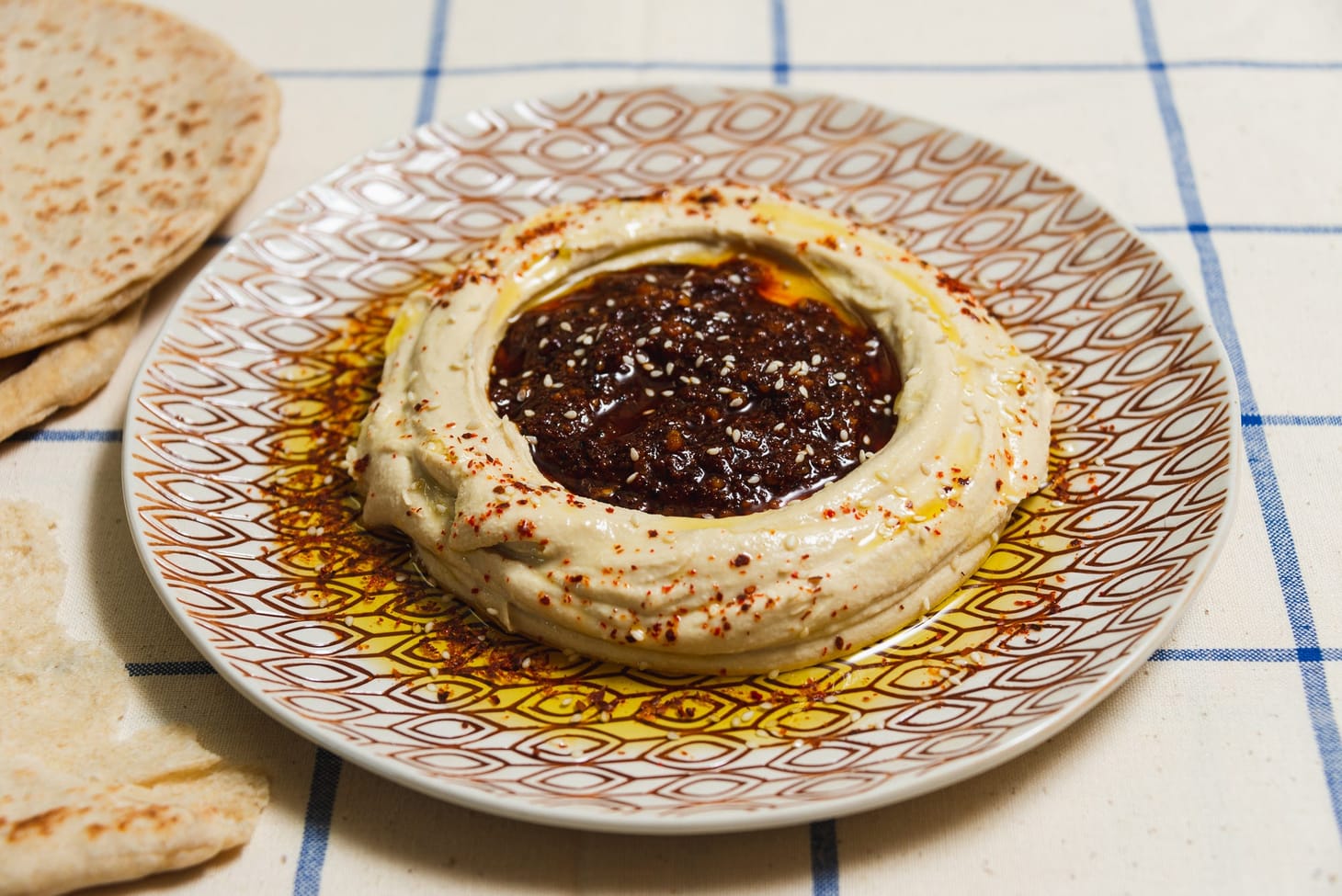Subscriber recipe: Hummus Your Way
Thick or thin, mild or zesty? Entirely up to you.

This content is for Paid Members
Unlock full access to wordloaf and see the entire library of members-only content.
SubscribeAlready have an account? Log in
(using discard or not)
Baking is also called baking and baking
A recipe and a essay by Dawn Orsak, from ATK's 'When Southern Women Cook'


